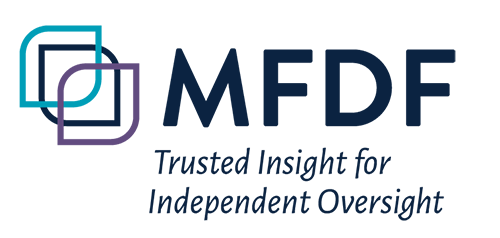CAQ Report Sees More Room for Transparency in Audit Committee Disclosures
A report issued jointly by the Center for Audit Quality and Audit Analytics tracks S&P Composite 1500 proxy disclosures to gauge transparency around audit committees’ oversight of their external auditors and other key financial reporting topics. According to the 2019 edition of the Audit Committee Transparency Barometer,growth has been steady in the amount of information provided in audit committee disclosures, however significant opportunities exist to enhance transparency. The report finds the most common audit committee disclosures provided by S&P 500 companies include: discussion of non-audit services and the impact on auditor independence, the length of time the auditor has been engaged, the criteria considered when evaluating the audit firm, and the involvement in audit partner selection. The report also finds increased disclosure around cybersecurity, notably that 34% of S&P 500 companies disclose that the audit committee is responsible for cybersecurity risk oversight; 23% of S&P 500 companies disclose whether the board has a cybersecurity expert; and 22% of S&P 500 companies disclose on what board committee(s) the cybersecurity expert serves. Areas with the lowest levels of disclosure included: significant areas addressed with the auditor (0% for S&P 500); how the audit committee considers auditor compensation (2% for S&P 500); and discussion of audit fees and its connection to audit quality (4% for S&P 500). The report notes that effective auditor evaluations can improve audit quality, and the following considerations, among others, can improve accountability and transparency in the process: How often is the audit firm evaluated? What is the mechanism for evaluation, and who is involved? What are the key considerations when evaluating the audit firm? What is the process for selecting the audit partner, and who is involved?
